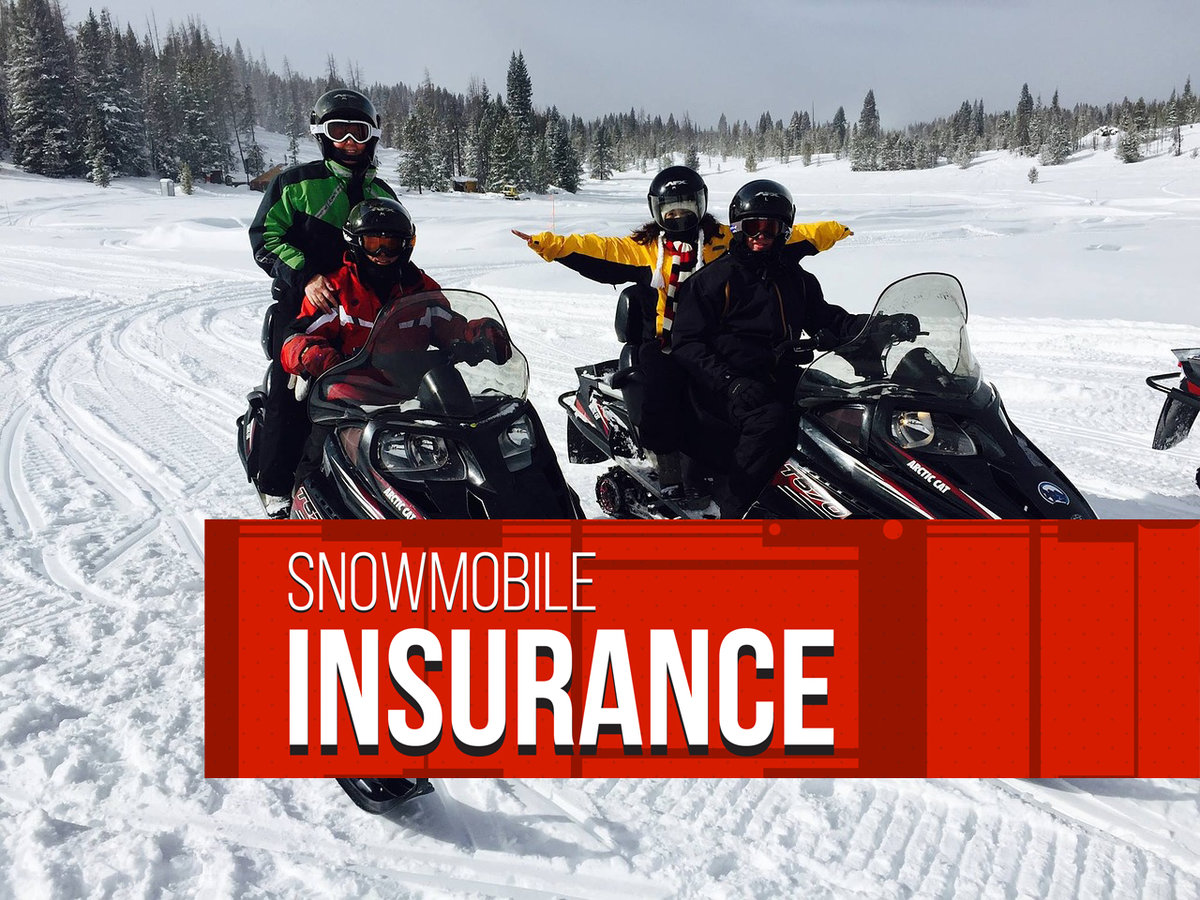
Snowmobile Safety & Insurance Tips
Snowmobiling is a thrilling yet risky way to enjoy the great outdoors. Before you turn on the engine, it is wise to learn how to properly operate the mechanical controls and safety devices of the vehicle. It is also important to read the owner’s manual and take a safety course.
Keep your rides scenic and safe with the following safety recommendations:
- Wear a helmet, eye protection and protective clothing suitable for the environment that you are riding in.
- Do not allow young or inexperienced riders to operate snowmobiles without supervision.
- Do not consume alcohol or use drugs before or during your ride.
- Learn the proper riding skills and practice them while the motor is turned off.
- Always maintain a safe distance between other riders, and never ride alone.
- Always obey the law.
- Dress and equip yourself appropriately before riding. Check your local forecast to prevent cold-related illnesses.
- Familiarize yourself with the area that you are riding in, and become aware of potential hazards.
- Always ride at a safe and responsible speed.
- Clear snow dust off your tail lights frequently.
Inexperienced riders are much more likely to be involved in serious snowmobiling accidents than their seasoned counterparts. Therefore, you should contact your state’s Department of Natural Resources for more information on available safety courses for both adults and young riders. In most states, they are mandatory for extremely young riders (ages 10 to 15) if they intend to ride off their parents’ property.
Getting the Right Protection is Key
Snowmobiles can present many hazards to drivers, passengers, other motorists and property. Snowmobiles are primarily used on off-road terrain, over frozen bodies of water and alongside roads. As a result, they generally operate at high speeds and are prone to accidents and theft. In addition, many snowmobiles are customized, so it is difficult to establish their value after a loss.
Before you get eager to hop on your snowmobile, contact a Marshall & Sterling representative to learn more about how you can insure your vehicle and protect yourself and others.
A typical snowmobile insurance policy includes the following:
- Bodily Injury and Property Damage Liability (BI/PD): Covers liability for an accident involving injury to other people or property, up to your liability limits. If your limits are 100/300/100, no more than $100,000 would be paid per person for bodily injury, no more than $300,000 would be paid per accident for bodily injury and no more than $100,000 would be paid per accident for property damage.
- Comprehensive and Collision Coverage: Policy pays to replace or repair your snowmobile if it is stolen or damaged, regardless of who is at fault. You select and pay a deductible and then the insurance carrier pays the remainder. Collision coverage applies if you hit a nonliving object or other vehicle. This coverage also pays for damages caused by events other than collisions, such as fires, theft or vandalism.
- Uninsured/Underinsured Motorist: If you get into an accident with someone who is uninsured or underinsured and you were not the at-fault party, the policy will pay for your medical treatment.
- Roadside Assistance: Policy covers the labor needed for repairs and towing to the nearest repair facility if your snowmobile is disabled.
- Accessory Covered: Policy covers items that were not originally manufactured on the vehicle, altering the appearance or performance of the snowmobile. This may include trailers, custom modifications, seats/backrests, exhausts, etc.
- Medical Payments
This blog is provided for informational purposes only. The information provided herein is not intended to be exhaustive, nor should it be construed as advice regarding coverage. Eligibility for coverage is not guaranteed and all coverages are limited to the terms and conditions contained in the applicable policy. ©2016 Zywave, Inc. All rights reserved.


